From April 24 to 26, Virtual—Assembly reinvents the real-world book fair, presenting a series of discussions between artists and writers, accompanied by video presentations of newly-released books from publishers worldwide
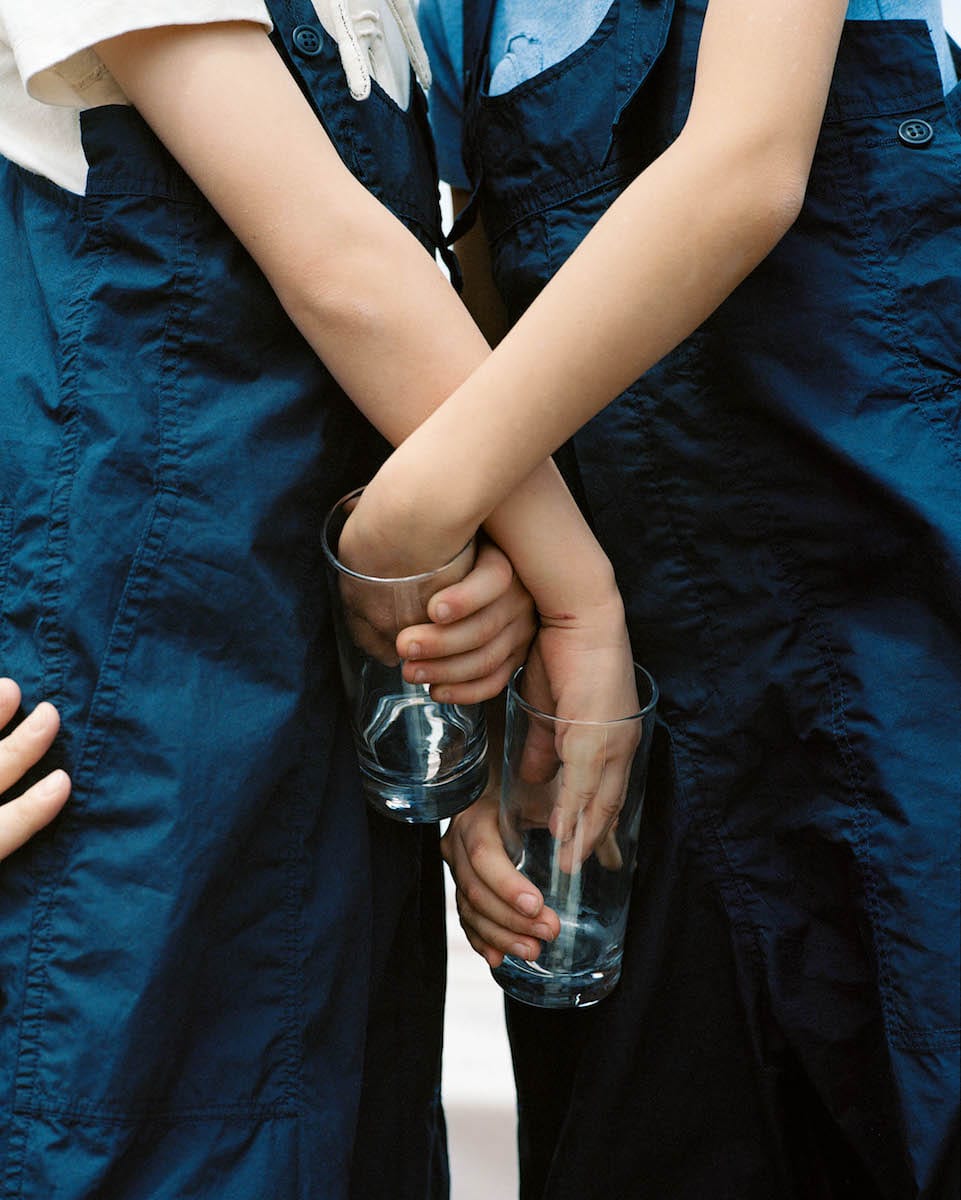

From April 24 to 26, Virtual—Assembly reinvents the real-world book fair, presenting a series of discussions between artists and writers, accompanied by video presentations of newly-released books from publishers worldwide

Focusing on the sport of hurling, traditional dancing, and the town’s agricultural roots, Luis Alberto Rodriguez’ latest series captures the essence of Irish heritage
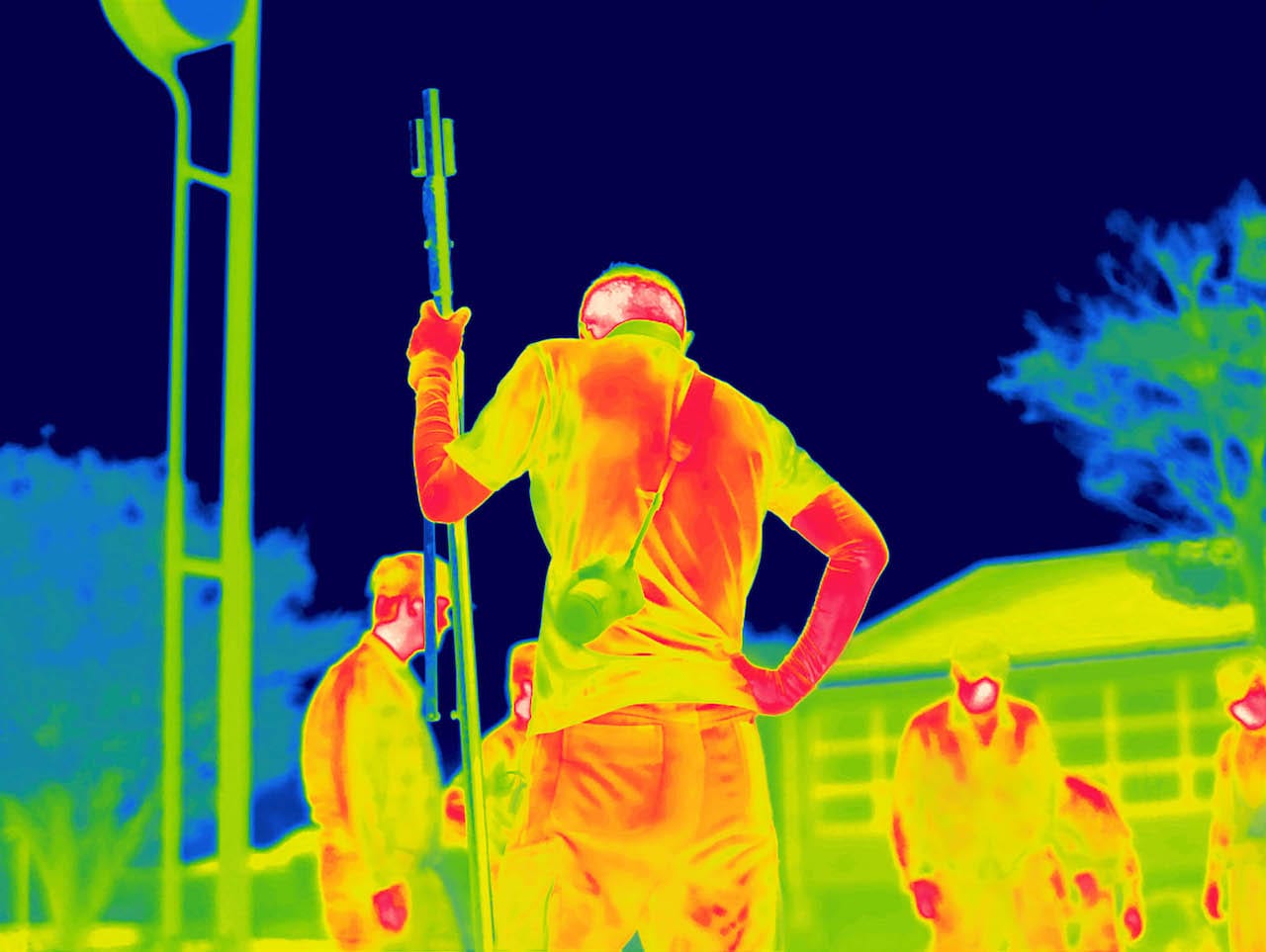
On 11 March 2011, a magnitude 9.1 earthquake off the Pacific coast of Japan unleashed…
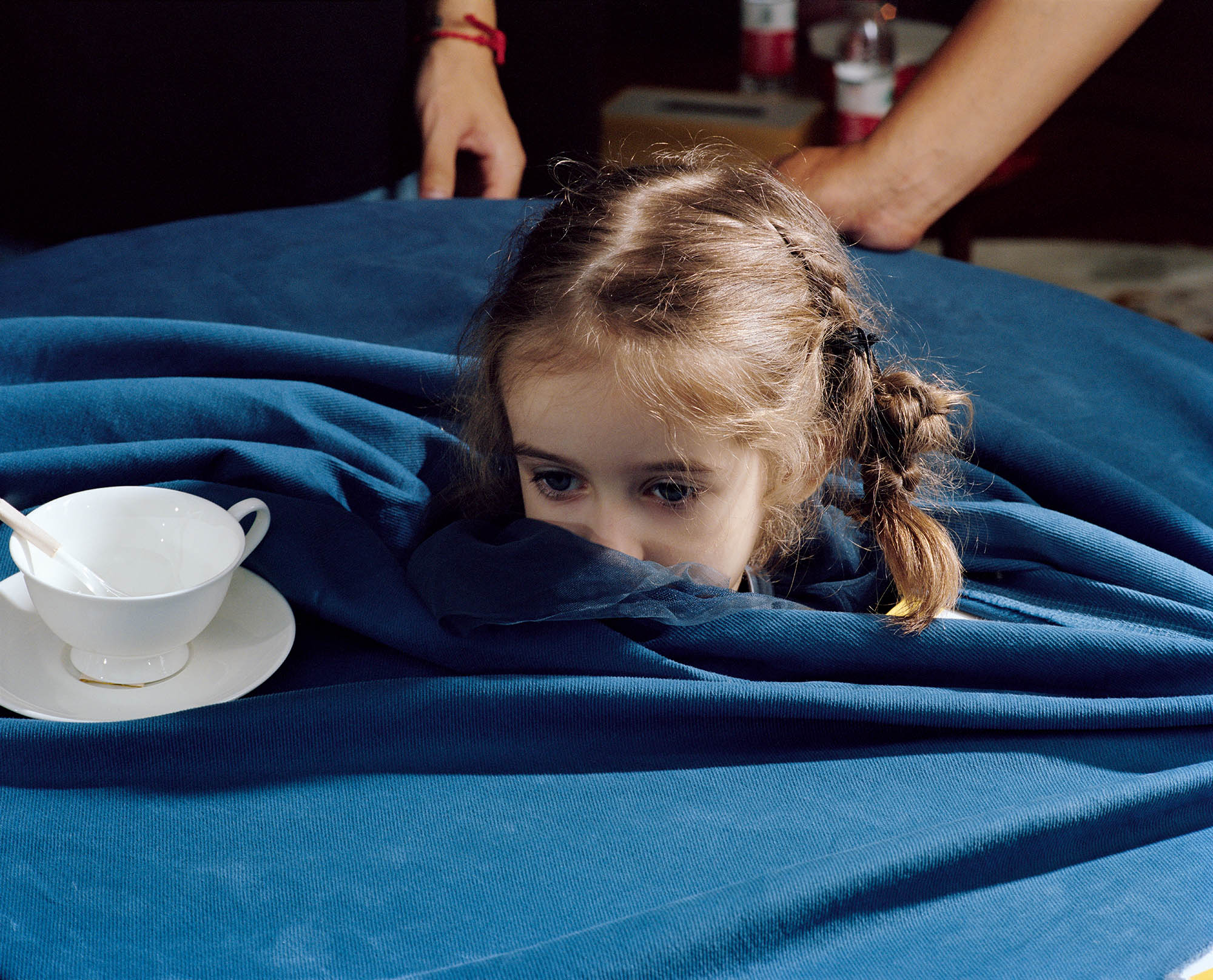
The images in Yuan’s latest book are gentle and dream-like, but looking closer, something’s not quite right
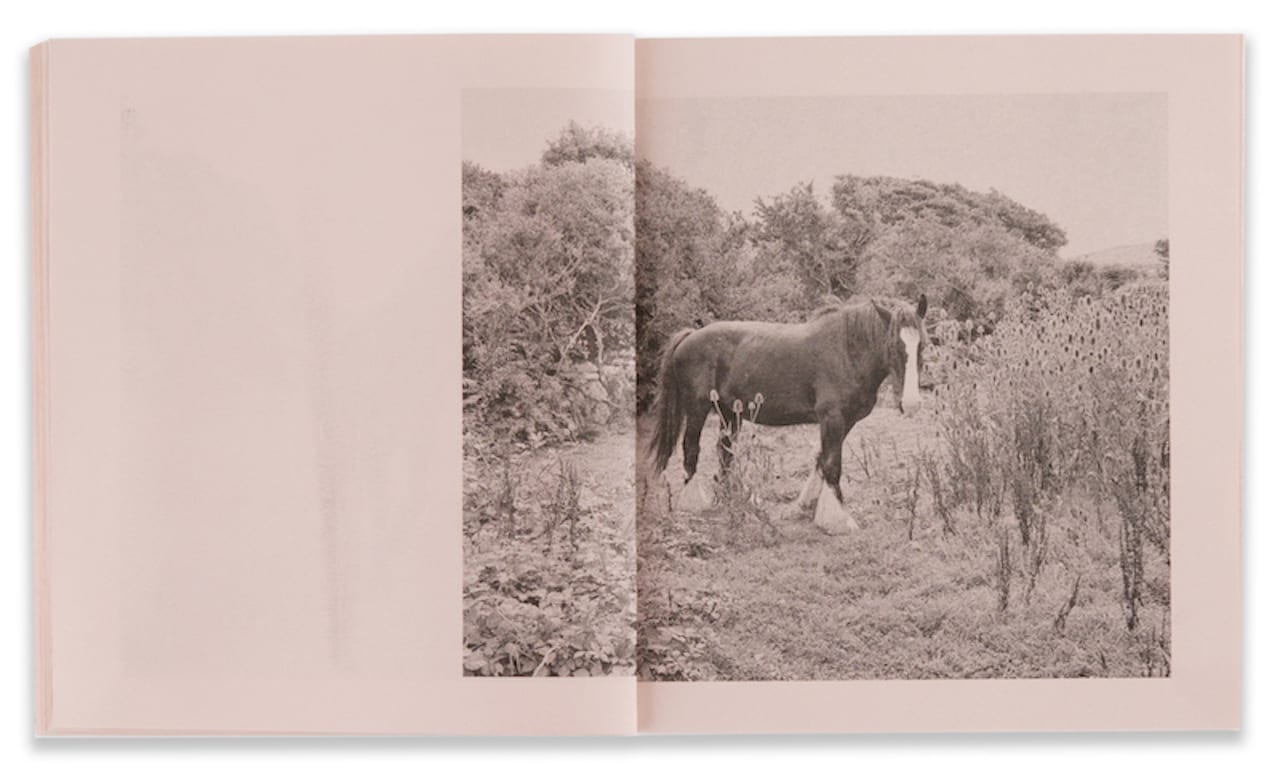
BOP Bristol 19, hosted by the Martin Parr Foundation and the Royal Photographic Society, will bring together 26 publishers, plus a series of artist talks
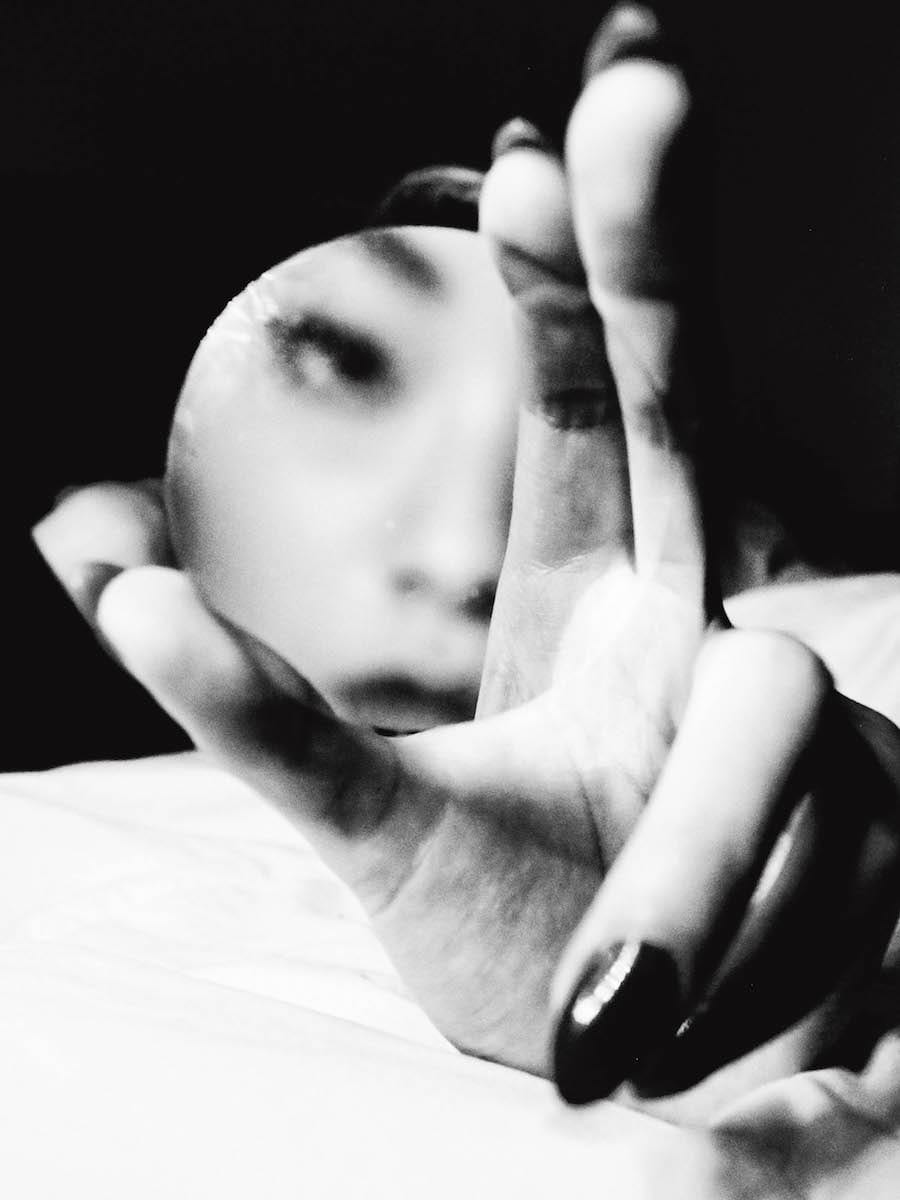
Jack Davison worked on a building site to fund his first project. Six years later and he’s shooting Hollywood stars. As the young talent releases his debut book, Davison looks back on his career so far
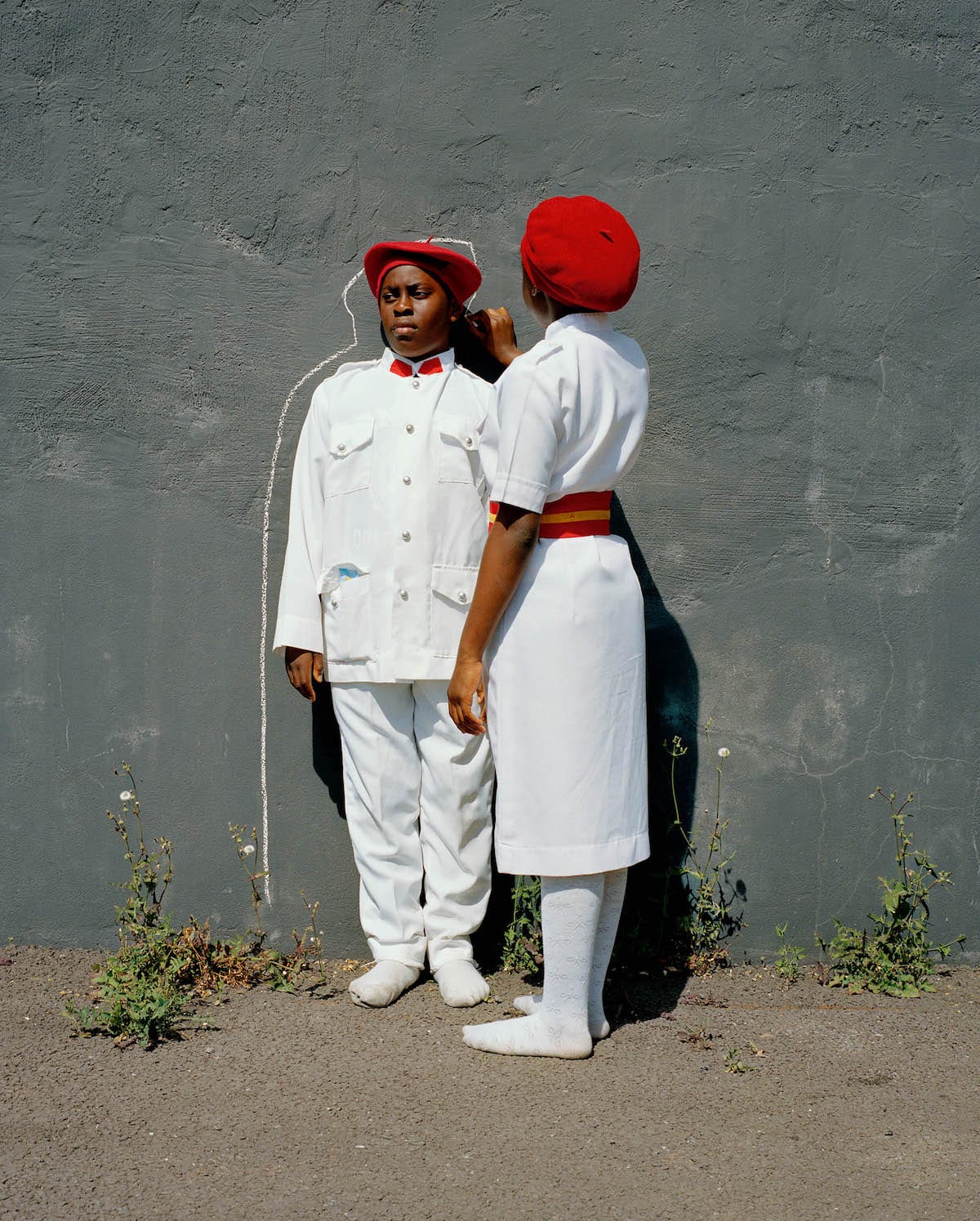
“Shared stories bring people together,” says Sophie Green who, over the course of two years,…
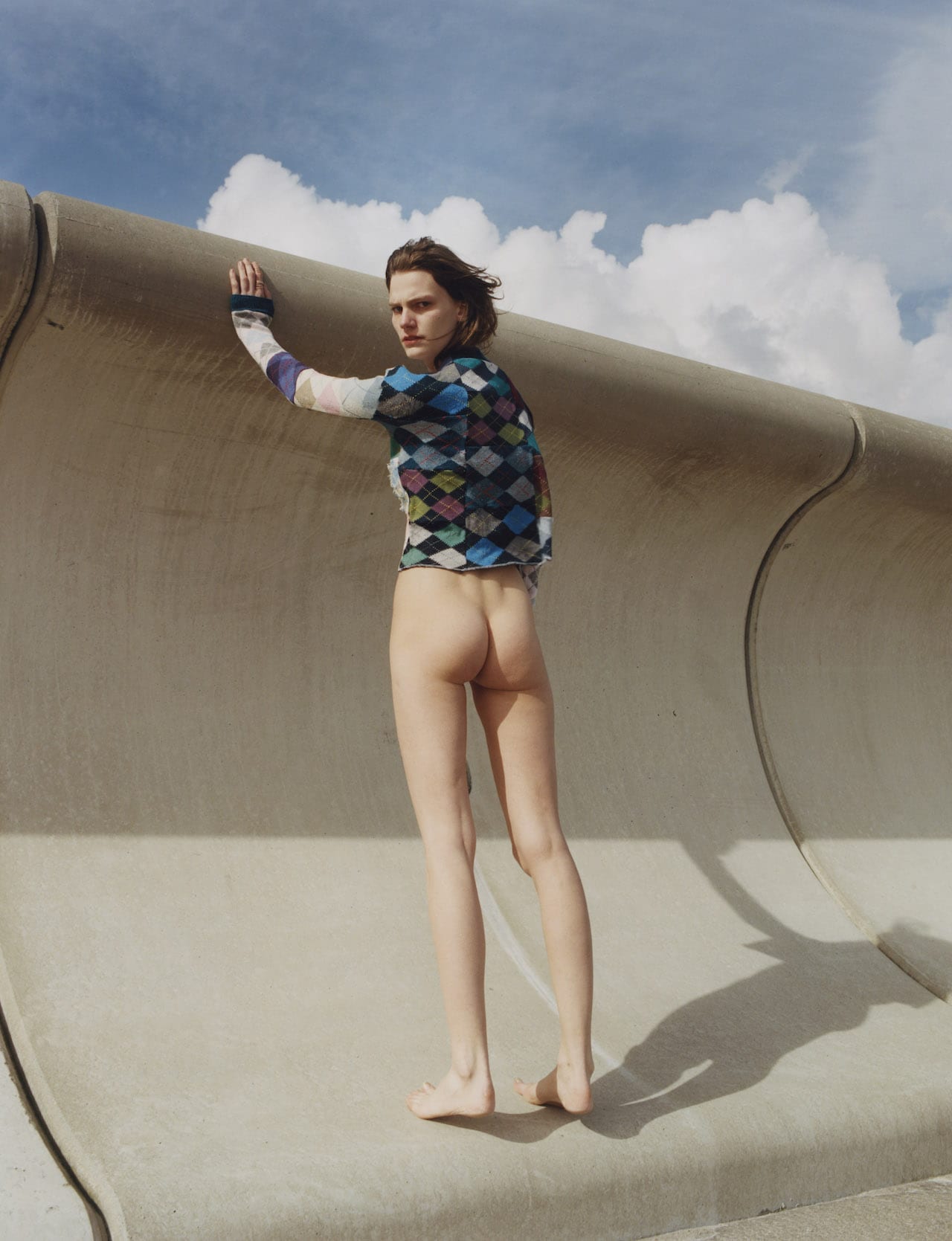
Succeeding the museum’s founding director, Jean-Luc Monterosso, Simon Baker plans to open up both its collection and its programme to audiences, carving out a space for emerging artists, fashion photography, ideas on geography, and newer names to the city’s rich artistic ecosystem. “We have to think about what isn’t being done in the photographic landscape in France,” he explains. “We really want to support younger artists – particularly with solo shows. While there are amazing fairs and group shows, that’s something that’s been missing.”
What better way to start, then, than with a solo exhibition by Coco Capitán? Since she graduated from the Royal College of Art in London in 2016, the 26-year-old Spanish artist has become a never-predictable presence. Her work is always dynamic and often playful, but underpinned by a precision and a poignancy too – whether created for, and thanks to fashion, such as her ongoing artistic collaboration with Gucci creative director Alessandro Michele, or her diverse self-initiated series comprising text and paint along with traditional photography.
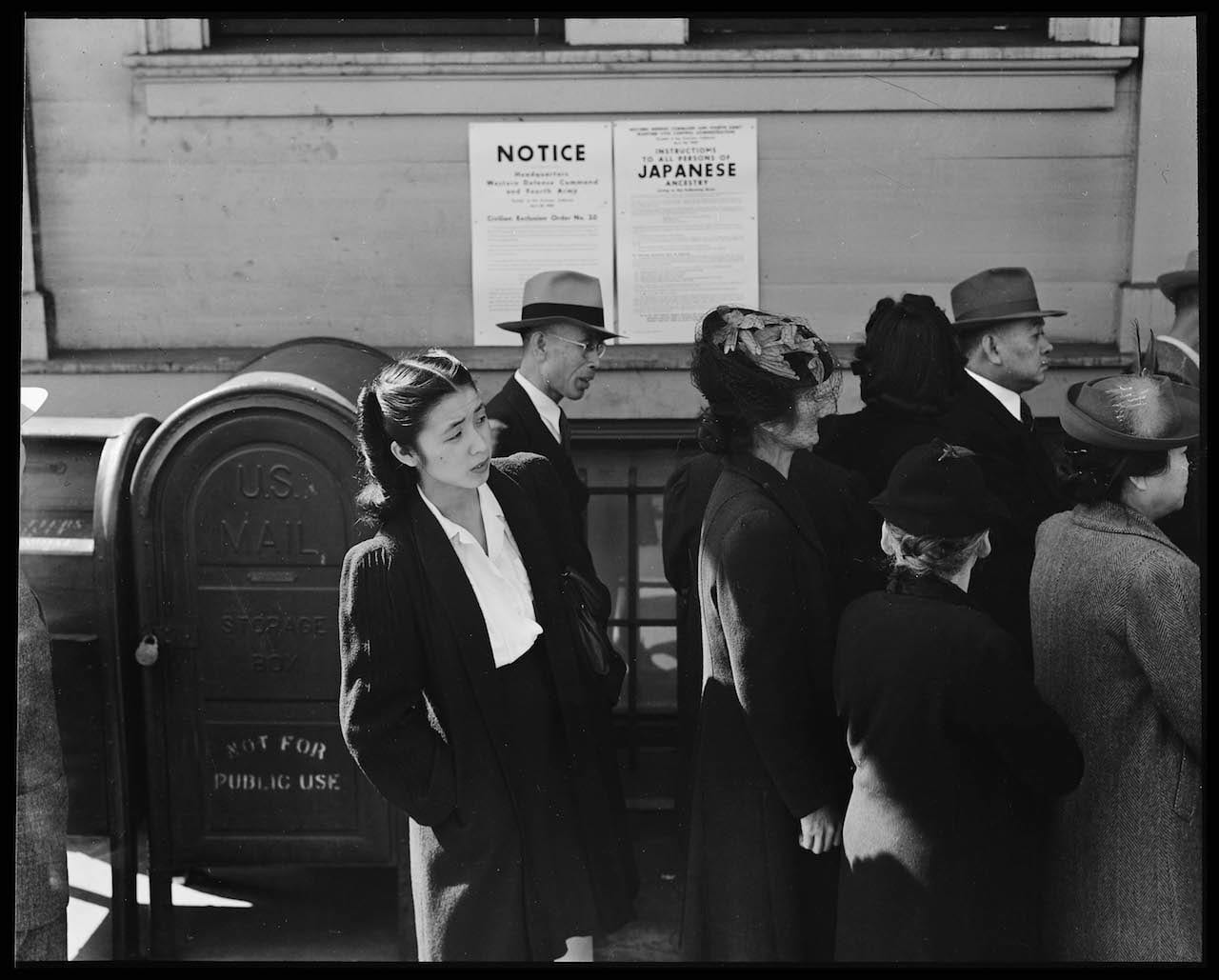
Then They Came for Me On 19 February, 1942, President Franklin D. Roosevelt signed Executive…
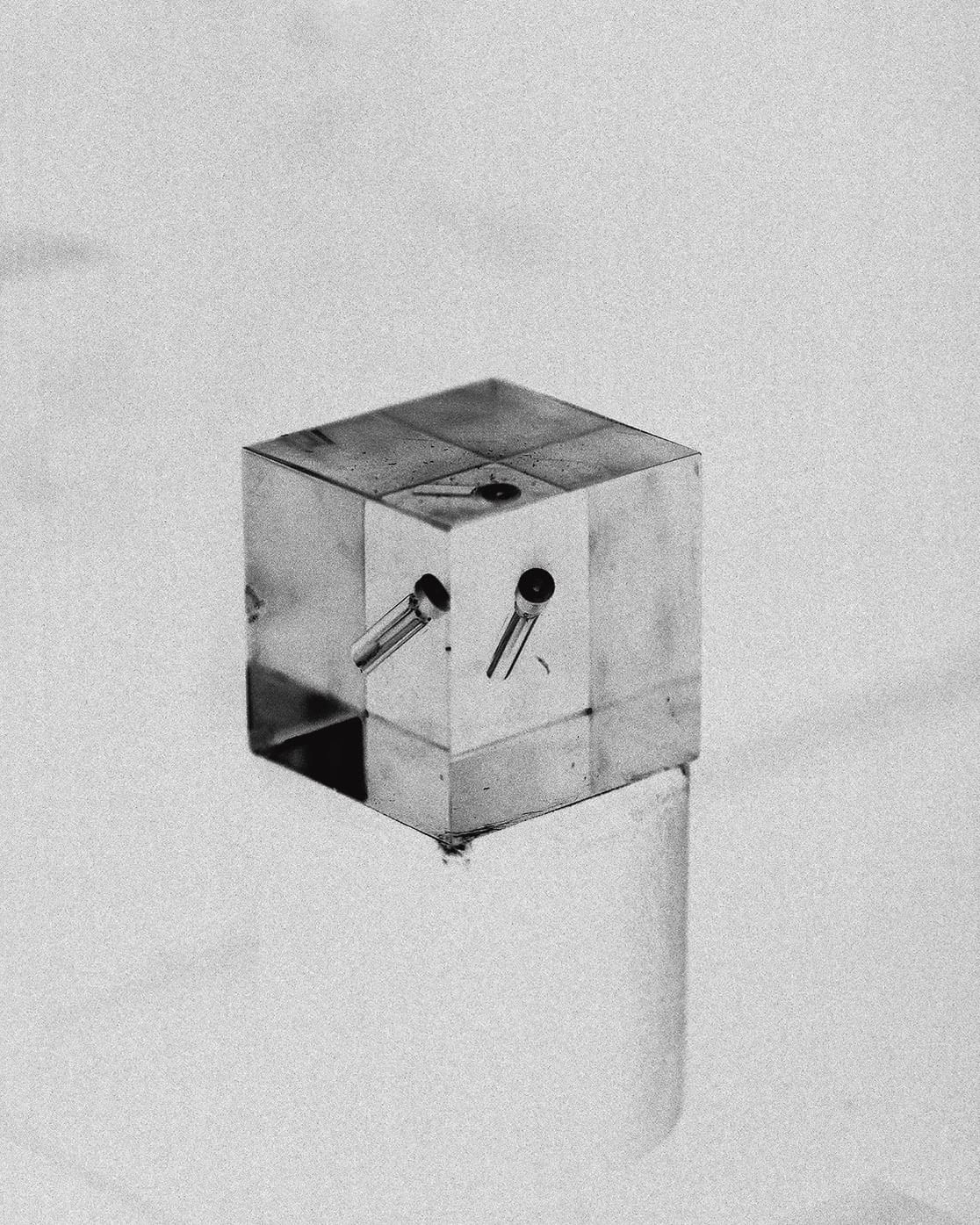
When Felicia Honkasalo’s grandfather passed away in 2009, he left behind boxes full of rocks and minerals, and stacks of notes, sketches, and fading photographs. “No one else in the family wanted them,” says Honkasalo, who never got the opportunity to meet her grandfather, “I was really intrigued by it all, but I didn’t really know what to do with it at first”.
Honkasalo’s debut book, Grey Cobalt, is an attempt to construct imagined memories of her grandfather, who was a metallurgist during the Cold War in Finland as well as an avid cosmologist. Published by Loose Joints, the book release accompanies an exhibition at the Webber Gallery in London, which will run till 15 February.